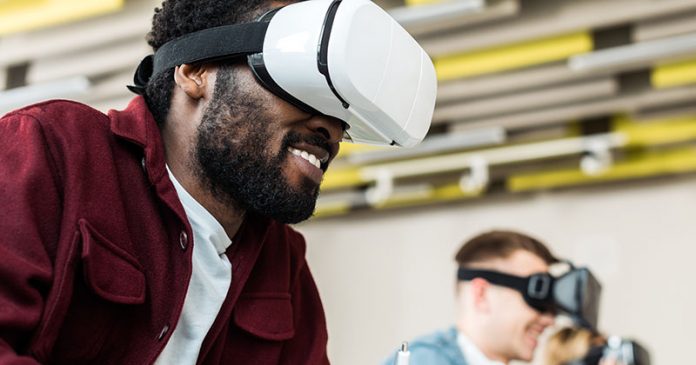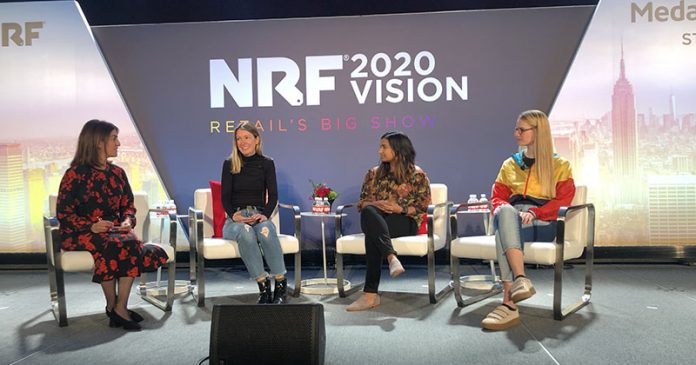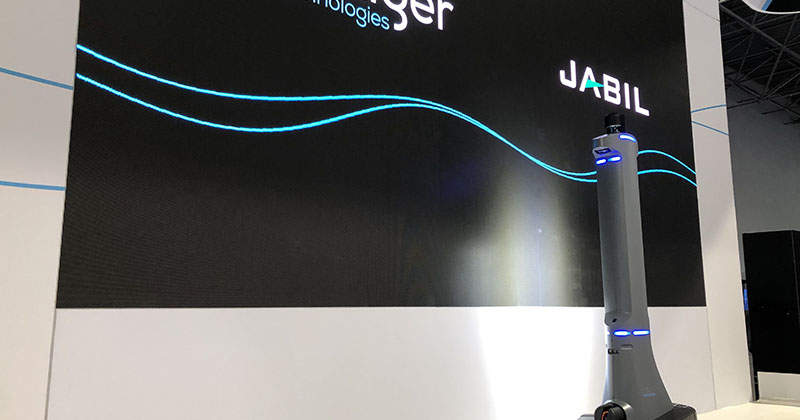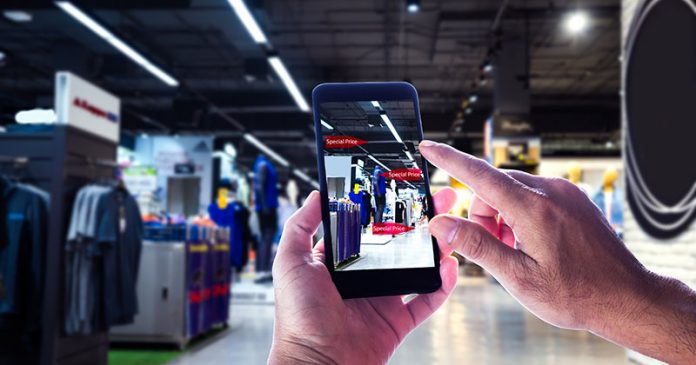What insights can be found in the many photos, images, and other visual content that brands use to convey messages to customers? In a survey of more than 10,000 consumers and professionals across 26 countries conducted in partnership with the market research firm YouGov, Getty Images set out to understand the trends underlying the visual content that marketers and creative professionals select from its enormous database and what resonates with consumers.
As part of the survey, respondents were asked about their personal values, likes, dislikes, and the responses were analyzed alongside Getty Images’ search and sales data, internal findings from its creative visual team, and other market research data. The learnings included recommendations on what to consider when selecting images for popular areas such as technology, wellness, sustainability, and realness.
For example, when looking to visualize technology, Getty Images recommends showing technology as the “center of the action” and using “graphic illustrations that represent the connections that technology enables” for greater impact. We also reached out to Dr. Rebecca Swift, global head of creative insights at Getty Images, for a deeper dive into the key insights that marketers and creative professionals should consider when making decisions about visual content:
When selecting images for content, how should businesses balance gut-based decisions with decisions that are based on A/B testing and other data-driven methods? Is there still room for gut-based decisions?
Imagery is such an emotionally driven decision that unless there is an implicit understanding about how all the elements work together in the frame, it is difficult to determine image choice. Machine learning can do so much but it cannot predict the response to content when the elements do not create an emotional connection. (The reasons are multitudinal – visual memory/seen as cliched/color palette doesn’t work/seems inauthentic etc).
We have found that data can point us in the right direction but there needs to be a sentient being involved in the final decision-making process. We can predict what is most likely to work but we are also continually testing what will work best next by imbibing creative ideas into the content and analyzing how our customers react to it.
What is the key takeaway for companies that want to select images that resonate with their customers?
You must take the time to unearth understandings about what matters most to your key consumer groups—specifically, what impacts their decision-making. Luckily, we’ve done the legwork here. While the audience for each brand is different, our data identifies several points for consideration among four key Forces.
In terms of realness, consumers resonate most with brands who come across as transparent, honest and real with their imagery and messaging. Not a surprise, per se, but an understanding brands can feel better about now that we’ve got the data to back it up.
For wellness, we found that consumers value physical health and mental health equally, and place a high value on both–suggesting that brands should consistently concern themselves with visualizing both in an effort to better reach consumers.
When it comes to Technology, we’ve found that visuals related to the “hottest” and “newest” devices are all well and fine, but consumers are most concerned with their relationships with technology, both good and bad. For instance, 97% of consumers say technology makes them feel more connected, but 41% say that technology has damaged their relationships, too. It’s a push/pull dynamic and one brands should concern themselves with. For that reason, and based on our findings, brands should emphasize visuals which highlight the positive aspects of technology and the interconnectedness it enables.
And lastly, while people claim to value sustainability across the board, their actions don’t consistently line up. Specifically, half of consumers say they only buy products from brands that try to be eco-friendly, but roughly just as many (48%) also say that convenience is more important. There’s an opportunity for brands to help consumers shift their actions to mirror their attitudes.
What was most surprising about the survey responses in relation to the 4 categories or forces that were identified as most popular among companies?
One of the most surprising takeaways arguably came from our sustainability findings, through which we found that sustainability is important to consumers of all ages, across generations, continents and cultures. One might assume that sustainability is something favored only by younger generations, but that’s likely not the case–which means there’s a veritable opportunity for brands to better reach consumers across all groups by embracing sustainability-forward visuals. We’ve also identified a missed opportunity stemming from a lack of older generations being depicted in imagery. For instance, our findings show that the percentage of Gen X’ers and Baby Boomers that value overall wellness, wellbeing and “living by one’s principles” is greater than that of younger generations, and yet most visuals depicting wellness show Gen Z and millennials. As we see it, there’s a clear correlation between the importance of wellness and age, and brands should take note.















